It is a pretty rough environment with the sun shining brightly during the day and the bitterly cold night rolls in at dusk, in Potosi, one of the highest cities in the world at 4090 meters (13,420 ft) above sea level. The main attraction here is Cerro Rico (or the ‘rich hill’) that stands at 4,824 meters above the sea level.
This dilapidated city was once one of the richest cities in the world. Potosi started booming in 1545, following the discovery of silver reserves in Cerro Rico, which was mined between the 16th and 18th century and to a large extent benefited the Spanish Empire.
Although the silver boom ended at the turn of the 19th century, mining still remains as the main source of income in Potosi. They extract silver on a small scale as well as tin, zinc, lead, antimony and Wolfram.
Working Conditions:
Around 28,000 miners work daily in frightful conditions to scrape out whatever ore deposits they can. Most work is done by hand and it is still very dangerous. Around 35 miners die every year, mostly from gas explosions or falling rocks and some succumb to silicosis pneumonia within ten years of entering the mines. It’s quite pitiful thought when you consider boys as young as ten working there.
The Tour:
There are many tour companies around the main square of Potosi offering mine tours twice a day. I booked my tour with El Mascaron Tours. The tours normally leave in the morning and afternoon, it takes 4-5 hours and costs 100 Bolivianos. Almost all tour companies have the same pattern of the tour. They gather at the agency from where the tour guide, an ex-miner would commence the tour.
Our first stop was at the “Miners Market”. This is where the miners buy all supplies they need. The guide explained the uses of each product in their daily life. It was mainly coca leaves, cigarettes, “93%” alcohol, drinks and dynamite… Yes, even we could not believe, that dynamite could be bought for 20 Bolivianos, less than 3 USD.
Our guide briefed us “Miners work for themselves and have to buy everything they need by themselves” so to thank them in the mine, we were encouraged to buy a bag containing a packet of cigarettes, coca leaves, a bottle of alcohol and a bottle of beverage for 10 Bolivianos.
We then drove a few blocks away to get kitted out in yellow miner’s uniform complete with a helmet, headlamp and rubber boots.
All geared, we started our journey towards the Cerro Rico. We stopped at a viewpoint to get a glimpse of Potosi while our guide explained us about their routine with a little history to get a complete overview of our next stop and Potosi’s prime attraction.
Inside The Mine
We entered the initial mine shaft, and it was barely moments before we were scrambling along the walls of the narrow tunnel to avoid being hit by a rail-cart full of ore rock that was hurtling on the track towards us in the dark.
Puffing through the narrow tunnel, we paused at the shrine of El Tio (The Uncle). El Tio is the God of the underworld. At every level, in a relatively quiet and tucked away place, there is a temple of El Tio. In order to have good luck in the mines, the miners bestow many gifts and offerings to El Tio.
To honour El Tio, each member of our group took a shot of the 93% alcohol, diluted with tea and chewed coca leaves. Before we drank each shot, we had to pour a drop on the ground, for El Tio and Pachamama (Mother Earth). By the end of our session in front of El Tio, we had drunk six rounds of shots in his honour.
After our time with El Tio, we continued through the narrow tunnel sharing our gifts and alcohol, with those miners we encountered.
It was quite a sad sight to witness how people work in such horrific conditions just because they have the potential to earn more money mining than other available jobs in Bolivia.
Things to consider before going on the tour:
- It’s best to acclimatize to the altitude several days before attempting the tours.
- Carry a mask to cover your nose and mouth.
- If you suffer from claustrophobia then it’s not advisable to go down the mines.
- It is physically challenging.
This tour was organised by El Mascaron Tours: elmascarontours@yahoo.com
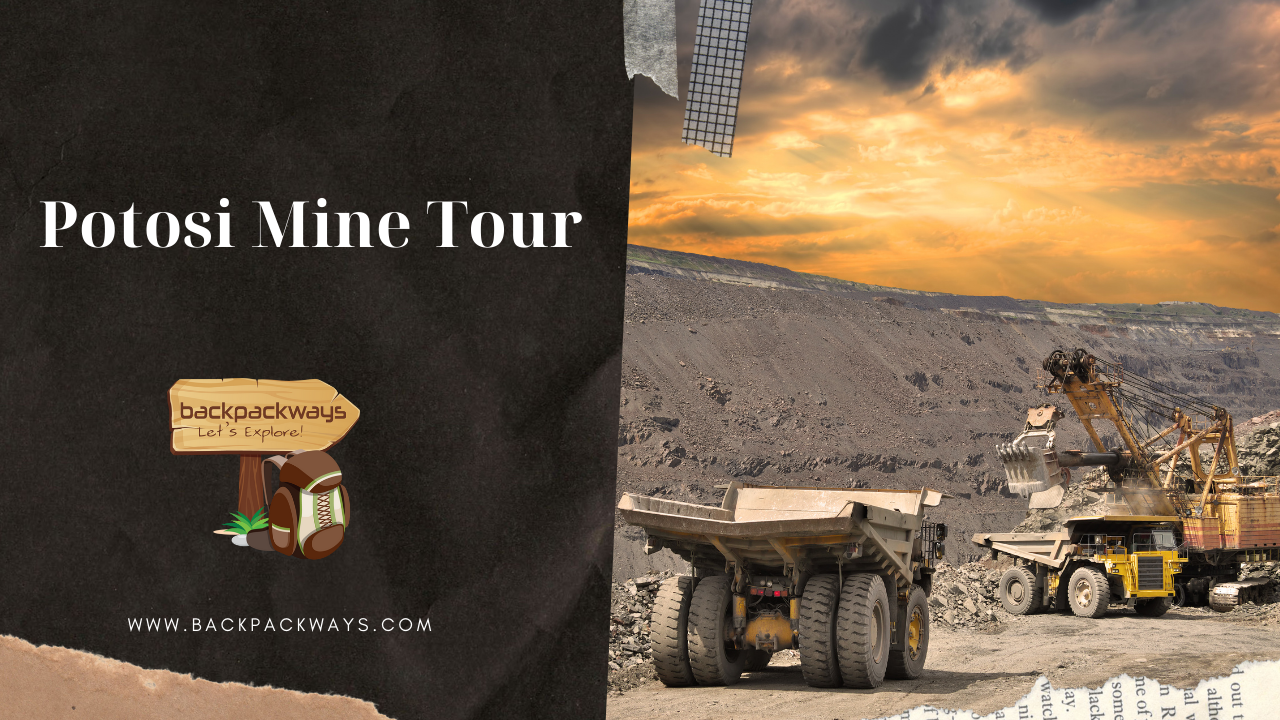


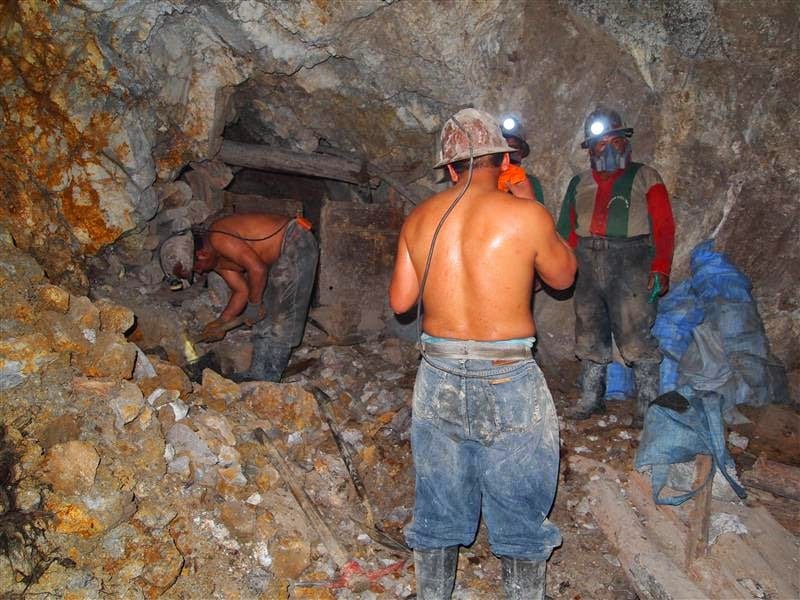
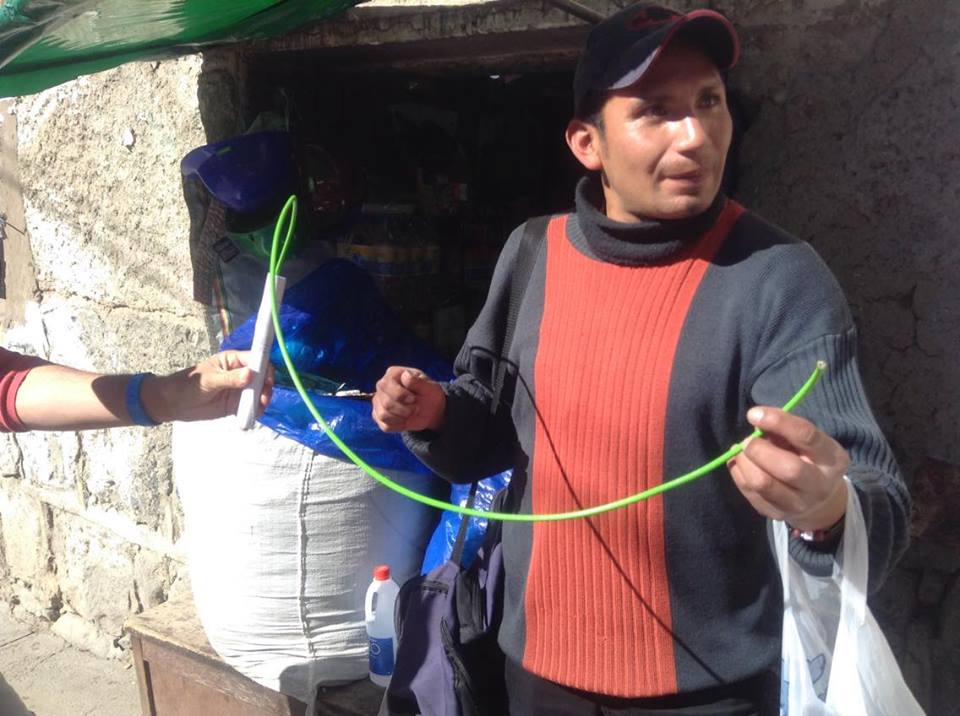
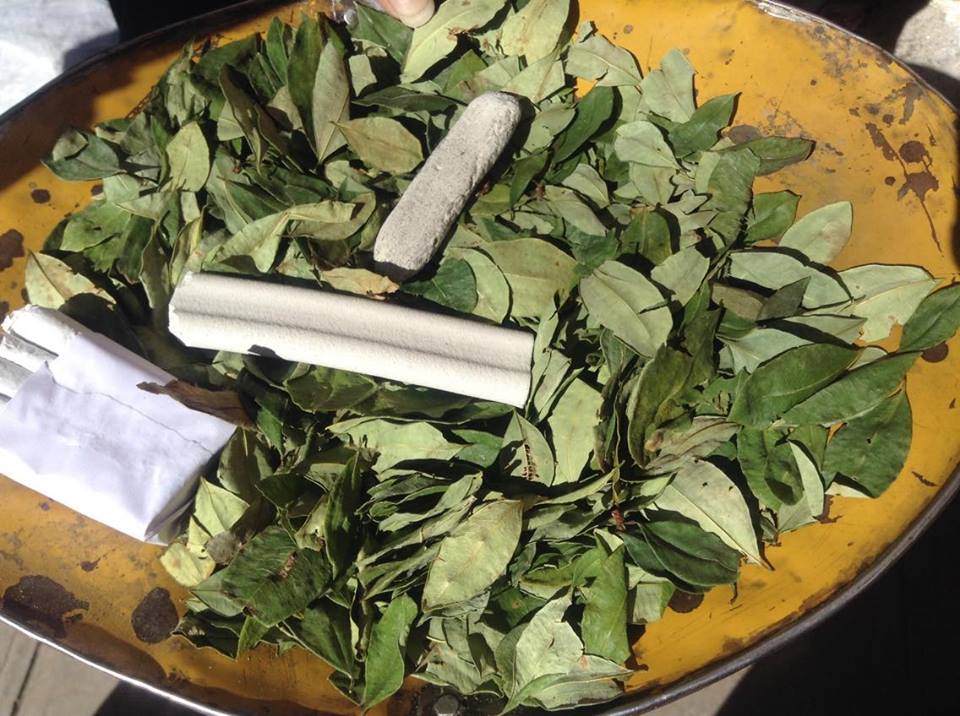
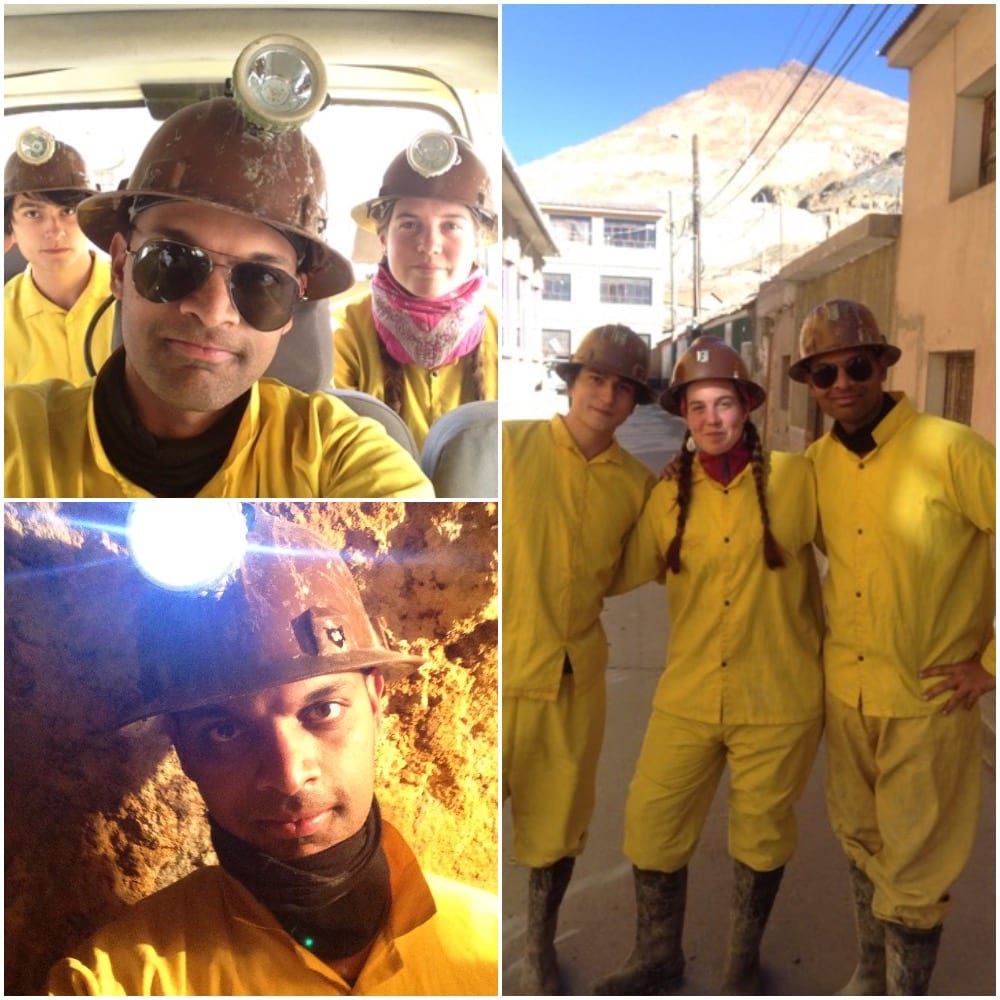

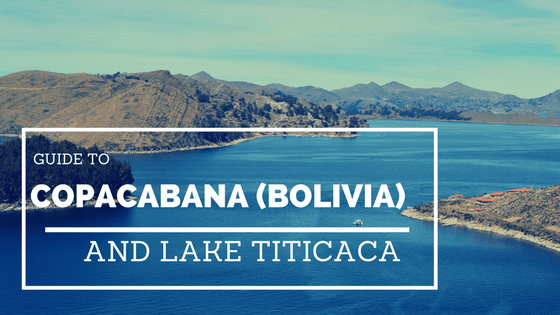

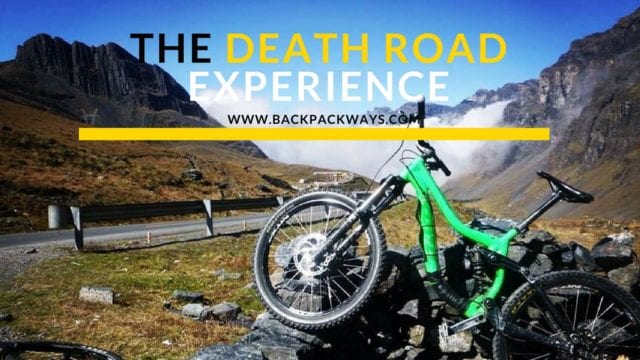


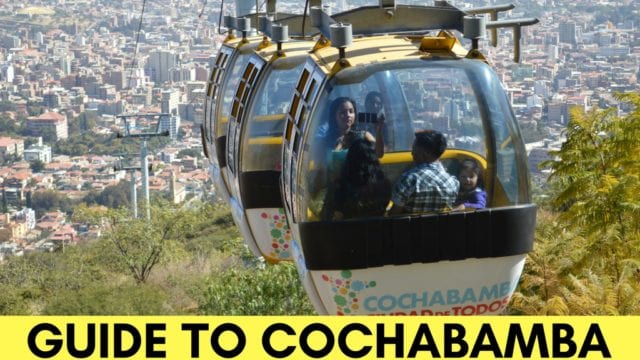
This is the first time I read about a mine tour experience. The thought of children working is quite heart breaking though. All the photos do justice with the experience! Excellent work!
Great tours! Thanks for the advice. Your photos are really beautiful. The shots of the city are great!
This is quite an intriguing experience. It is sad the miners have to put up with so much pain to earn their living. The picture of El Tio looks interesting.
A tour of the mines is really exciting. Reading your post brought back childhood memories of a visit to a gold mine. Still remember the descent into the underground in a lift that seemed to go on and on.
I have been in caves but never a mining one. It sure does seem enthralling but at the same time, I feel sad for those miners. Maybe I should try this to know what it really means for them. Glad you did too and shared it with us.
what a cool experience this must have been! thanks for this, ill have to save this in case I am ever in that area!
The condition of those who work in mine is more or less same across the world. It’s a pity not enough steps are being taken to safeguard their welfare. The most urgent need of the hour is to ban kids from working in these mines.
Yikes! I would definitely not be one to take the mine tour as I don’t appreciate dark places. I would, though, enjoy exploring Bolivia at some point, as they grow some very fine cocoa.
Wow. Thats some place! Minin at 4000 meters plus!